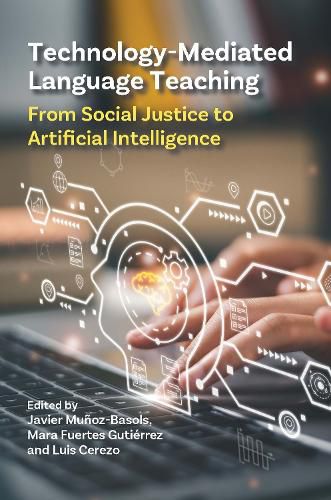Readings Newsletter
Become a Readings Member to make your shopping experience even easier.
Sign in or sign up for free!
You’re not far away from qualifying for FREE standard shipping within Australia
You’ve qualified for FREE standard shipping within Australia
The cart is loading…






This volume offers a rich overview of current research and teaching strategies for the integration of technology into language teaching and learning. It introduces the Planning, Personalization and Implementation (PPI) methodological framework to support educators in engaging with the theoretical foundations and innovative practices that should guide the incorporation of technology into their teaching practices. While Spanish language teaching is used as an example, the recommendations can be applied to any language learning contexts. The 13 chapters address a broad range of themes including accessibility, curriculum design, teacher attitudes, motivation, anxiety and feedback, and offer guidance on using digital tools such as podcasts, gamification and artificial intelligence. Written by an international group of scholars, this book serves as a roadmap for language professionals to effectively incorporate technology into any learning environment, whether face-to-face, hybrid or online.
This book will be available as an open access publication under a CC BY NC ND licence.
$9.00 standard shipping within Australia
FREE standard shipping within Australia for orders over $100.00
Express & International shipping calculated at checkout
This volume offers a rich overview of current research and teaching strategies for the integration of technology into language teaching and learning. It introduces the Planning, Personalization and Implementation (PPI) methodological framework to support educators in engaging with the theoretical foundations and innovative practices that should guide the incorporation of technology into their teaching practices. While Spanish language teaching is used as an example, the recommendations can be applied to any language learning contexts. The 13 chapters address a broad range of themes including accessibility, curriculum design, teacher attitudes, motivation, anxiety and feedback, and offer guidance on using digital tools such as podcasts, gamification and artificial intelligence. Written by an international group of scholars, this book serves as a roadmap for language professionals to effectively incorporate technology into any learning environment, whether face-to-face, hybrid or online.
This book will be available as an open access publication under a CC BY NC ND licence.